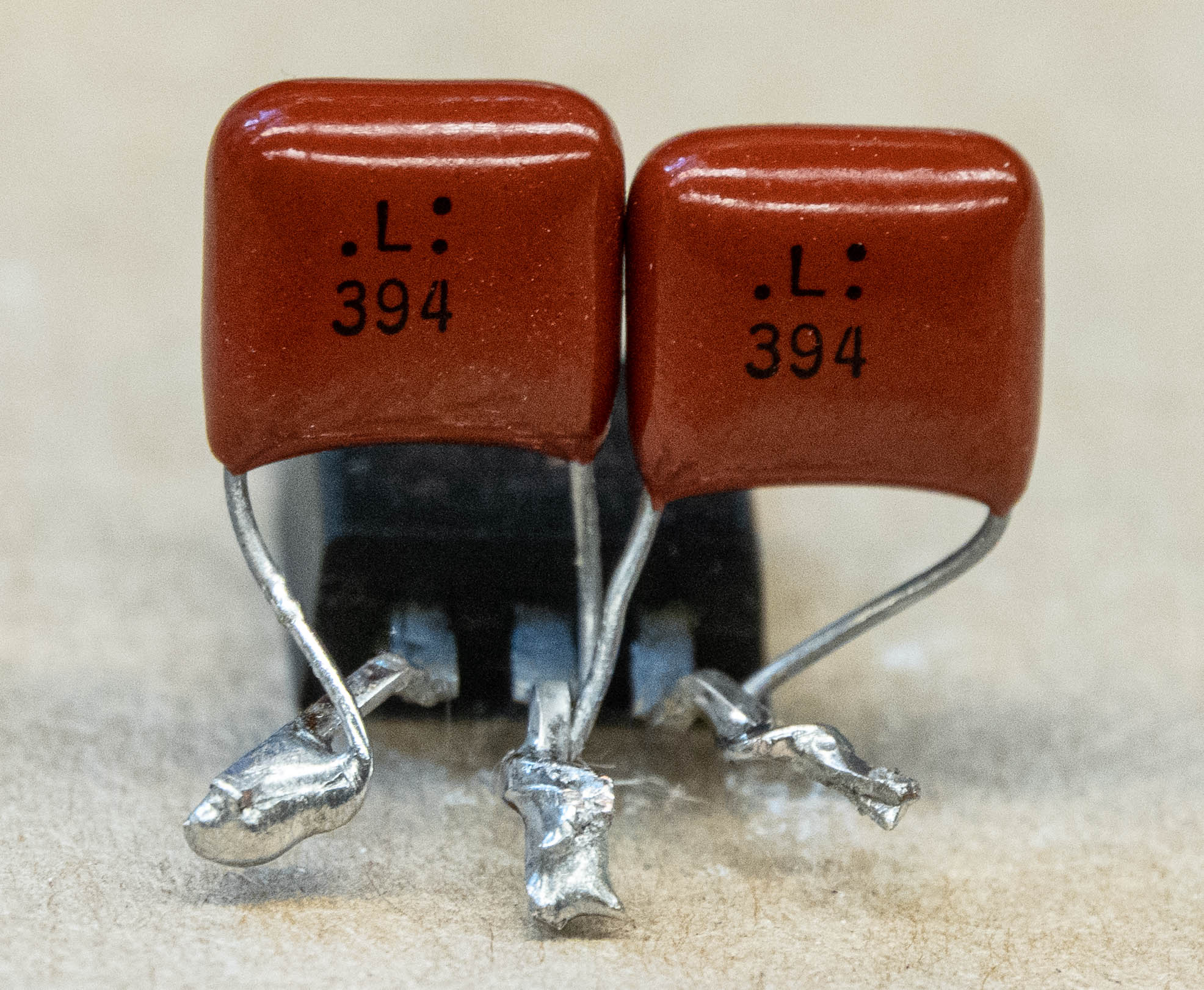Two things to note about what the author wrote:
1.
Three-terminal voltage regulators are high-gain devices to keep up with fluctuating input voltages and circuit loads. With high gain comes the possibility of breaking into oscillation and making their own high-frequency alternating current. They will sometimes start oscillating at a couple hundred kilohertz. The regulator will continue to put out its rated voltage, but with an additional 200 kHz or so of unwanted garbage. An oscilloscope will show that.
While the author is right that high gain enclosed in a small area often leads to stability problems, the problem in this case is not because of "high gain". Though we often don't think of it this way, linear regulators really are amplifiers but if the input to output gain was "high", it would not only be able to "keep up with fluctuating input voltages and circuit loads", but it would be wild and uncontrollable. The slightest change in the input voltage would lead to large changes in the output voltage. The fact that they exhibit fairly high Power Supply Rejection Ratio (PSRR) below ~500 KHz should dispel the notion that they have "high gain" there. There is gain but it enclosed within a feedback loop and this mitigates the input to output gain. The oscillation problem is the result of a change or degradation in the gain and phase margin of the regulator circuit, which is often the result of the input or output filter capacitors aging, which must be the case here. So, change the caps, as the author did, and presto....
2. "You gotta do what you gotta do", and I have done similar things many times myself but man, this is ugly:



